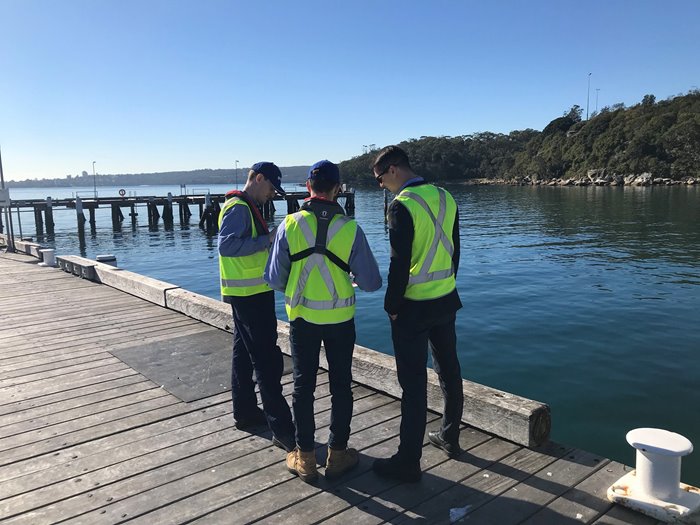Around the world, utilities companies use a standard risk management framework for strategic asset assurance. This is an excellent method to anticipate the likely performance of individual assets, such as hydro turbines or power transformers.
This is great, but it doesn’t assure stakeholders about the performance capability of an entire power station or waste processing plant, which relies on people – as well as machinery. Beca Systems Engineer, Erik Alston, explains how the Royal Australian Navy overcame this issue to manage performance risk in its ships and submarines, and how the approach could help utilities companies do the same.
What do the Royal Australian Navy have in common with a utilities company? Both have major assets with long lifecycles that are critical to the organisation’s purpose.
Asset managers generally select the optimal maintenance, refurbishment and replacement strategies for their assets to balance risk, performance and costs. These strategies ensure that the assets are capable of fulfilling their function without exposing the organisation to unacceptable risk.
But they don’t take into account the performance of the greater whole, and that’s where we can learn from work undertaken by the Royal Australian Navy.
Royal Australian Navy – A case study
This was the issue that the Royal Australian Navy brought to Beca in 2014. The nature of defence means Navy Commanders may need to deploy ships or submarines with little warning. But to make that call, they need a true understanding of each vessel’s capability at that moment in time.
Navy Commanders recognised that a naval ship or submarine is a complex system of systems made up of, not just plant, but people and processes too. Assuring a vessel’s performance requires more than knowing its plant assets are properly maintained and capable of operating as required. If a crew is not properly trained or lacks key personnel, a submarine has undergone highly intensive operations, or processes are not upgraded to reflect changing operating environment conditions, vessels may not be considered ‘fully operational’.
Like any other complex system of systems, the performance capability of a ship or submarine fluctuates across its lifecycle. Complex systems are likely to have a few defects that reduce their level of capability. Reflecting this, Navy Commanders have obligations to ‘raise, train and sustain’ their fleet. They must be confident they are making decisions to meet those obligations based on hard evidence.
A new kind of assurance for complex systems
To provide this evidence, Beca developed the ‘Sea Release Assurance Framework’, a positive assurance system that creates easily understood performance levels against which to measure and report whole-of-vessel capability in a ‘crawl, walk, run’ approach. Today, Navy Commanders are using the framework to make informed decisions about ship and submarine deployment. It has become a mandatory element of the Fleet’s readiness process, informing formal sea and battle-worthiness judgements.
The system monitors and assesses the effective completion, not just of asset maintenance but crew training and the logistics and management activities required for vessels to operate effectively. It contains a standard, repeatable mechanism for enabling a component, ship or task group to objectively demonstrate levels of readiness by providing objective quality evidence against predetermined criteria at critical points in the maintenance or training continuum.
The new assurance system relies on a formally documented, three tier and three domain certification system to assure accountability in decision making. The three tiers are each subject to formal certification by a subject matter expert issuing a conformance certificate across the three domains: personnel, plant and process.
All of this is aggregated up to a system level through a management portal, enabling Navy Commanders to assess how individual assets will integrate and perform to achieve their collective goals. Algorithms are used to automate performance reports, which include aggregated risk factors.

Important use cases in utilities
Tailored to the unique circumstances of individual utilities, the framework we developed offers leaders an opportunity to achieve a shared, evidence-based, fully understood view of an entire plant’s capability at a given point in time.
Utility executives could receive assurance that a power station or water plant will do what it’s designed to do throughout its lifecycle – not just at the point of being commissioned. This ongoing performance tracking would go beyond ‘Is the plant operating?’ to look at ‘How is it being operated?’, taking into account staffing levels, the state of morale and personal wellbeing.
If the Navy experience is anything to go by, I believe this ability to achieve an aggregated performance measure for entire plants will assist utility executives to strengthen risk management and make evidence-based whole-of-plant decisions that improve safety and sustainability.
Erik Alston
Technical Director - Systems Engineering
 New Zealand
New Zealand
 Australia
Australia
 Singapore
Singapore